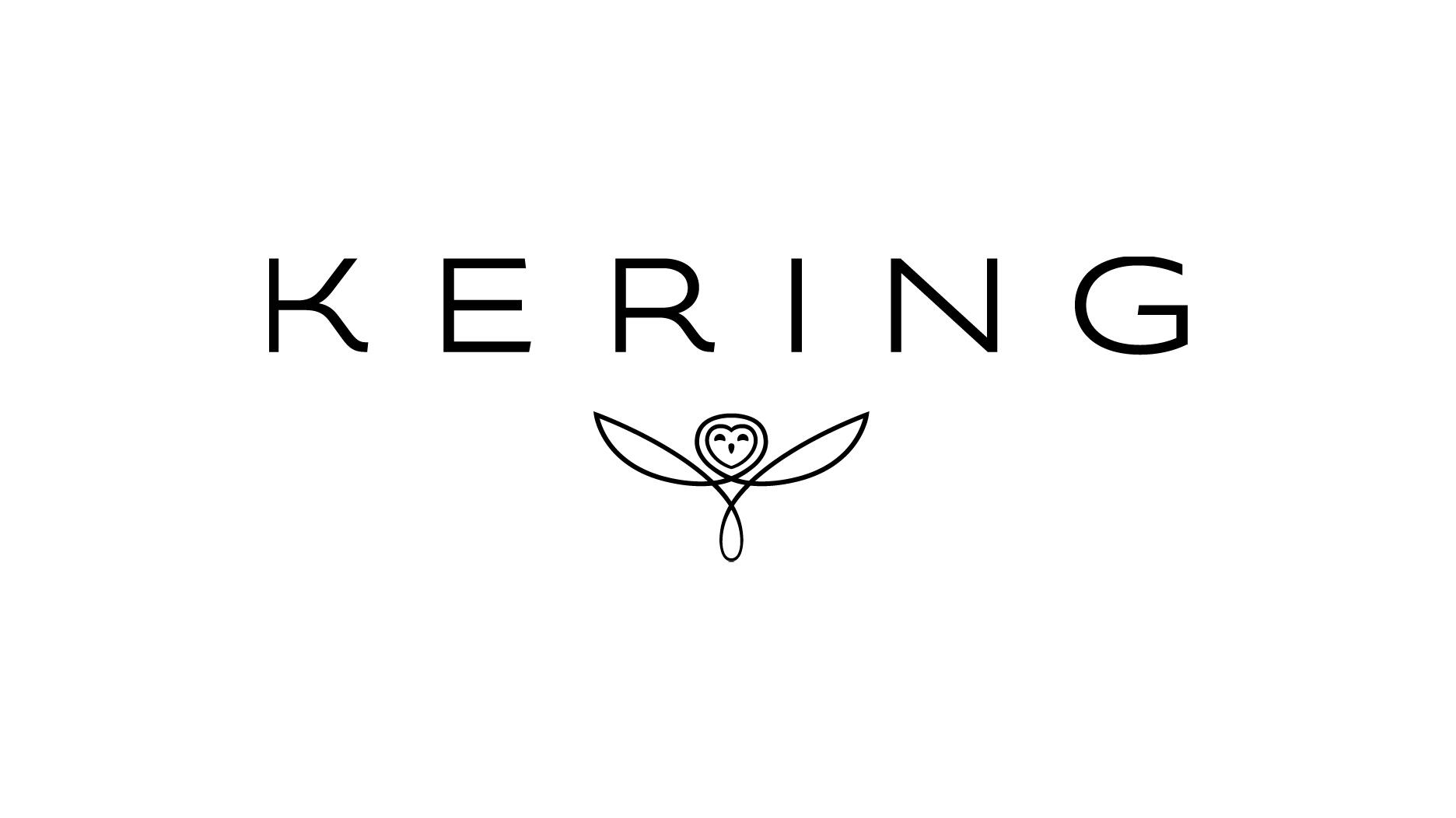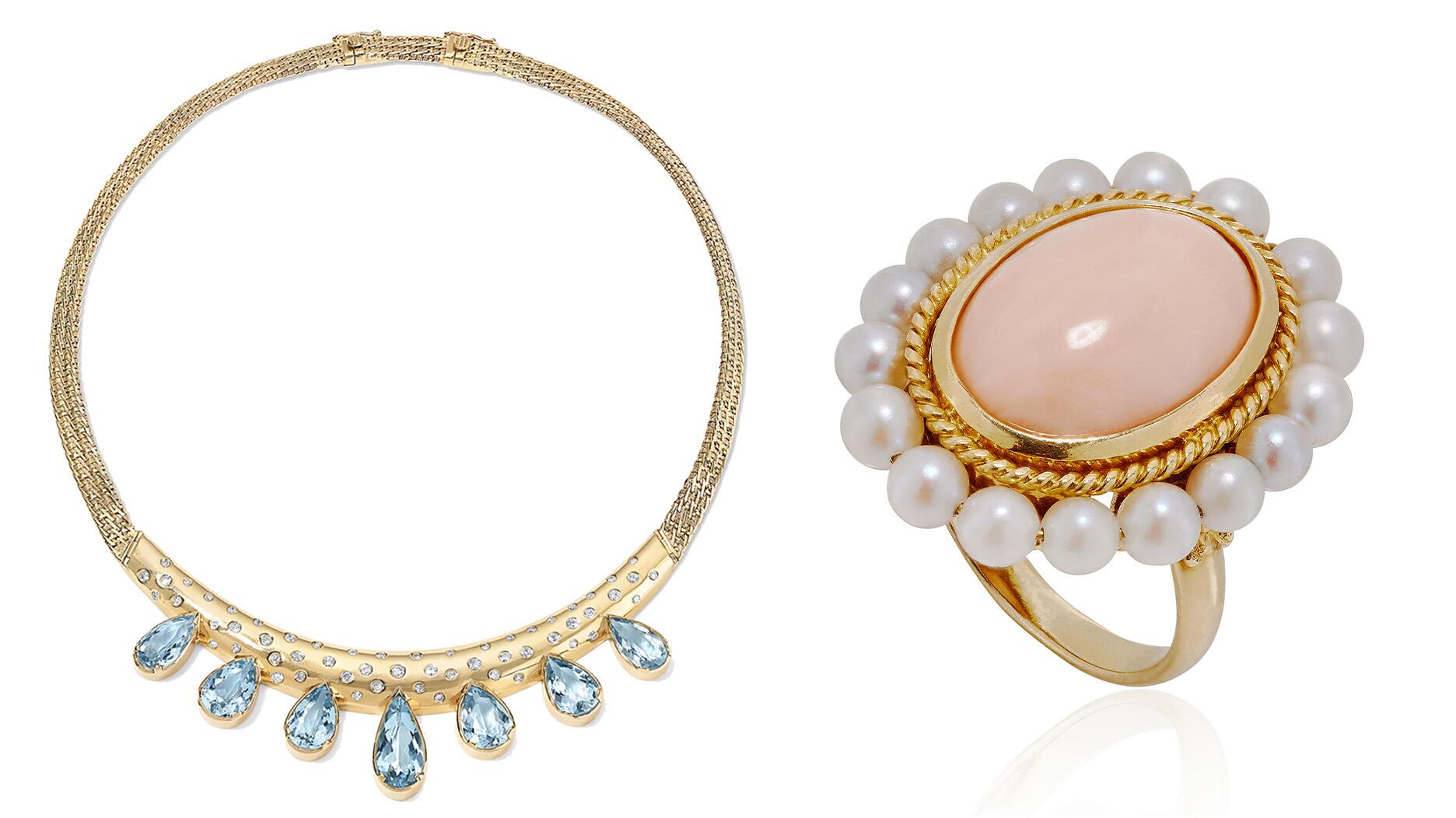Signet to Buy Blue Nile in $360M Deal
The jewelry giant said the acquisition will allow it to tap into a pool of customers who are younger, more affluent and ethnically diverse.

The jewelry giant announced Tuesday morning that it has signed a definitive agreement to buy Blue Nile Inc. for $360 million in cash.
The Seattle-based retailer, which was founded in 1999 and was an early disruptive force in fine jewelry e-commerce, recorded sales of more than $500 million in calendar year 2021, Signet said. (National Jeweler’s estimates put Blue Nile’s 2021 sales at $741.1 million, making it No. 10 on the most recent list of $100 Million Supersellers.)
The company started as an online-only retailer but has cultivated a physical footprint over the years, opening a total of 22 “asset light” showrooms, small stores where customers can try on jewelry but still buy through the website.
Two private equity firms took Blue Nile private in 2017 but it was set to become a public company again in a deal expected to close in the fourth quarter, trading independently on the NASDAQ.
Signet said it sees the acquisition as a way to expand its bridal offerings and digital capabilities while also growing what it refers to as its “Accessible Luxury” portfolio, with Blue Nile joining Jared, James Allen and recently acquired Diamonds Direct.
Buying Blue Nile also brings the jeweler an “attractive” customer demographic that is younger, more affluent and ethnically diverse, Signet said.
“Blue Nile is a pioneer and innovator in online engagement rings and fine jewelry, providing a unique and highly desirable shopping experience for customers,” Signet CEO Virginia Drosos said.
“Adding Blue Nile to our strong and diversified portfolio of banners will further drive our ‘Inspiring Brilliance’ growth strategy—expanding customer choice, building new capabilities, and achieving meaningful operating synergies that will increase value for both our consumers and shareholders.”
The purchase of Blue Nile is the latest in a string of acquisitions for Signet.
The jeweler, which is the largest in North America in terms of both sales and store count by a wide margin, bought subscription service Rocksbox in April 2021 and followed up with the $490 million all-cash purchase of Charlotte, North Carolina-based chain Diamonds Direct that October.
At the same it released the Blue Nile news, Signet announced that it is downgrading its outlook for the fiscal year, which is an unusual move, noted industry analyst Paul Zimnisky.
Strange times, re: Signet $SIG, I don’t think I’ve ever seen a company announce an acquisition and cut guidance in the same release
— Paul Zimnisky, CFA (@paulzimnisky) August 9, 2022
“We saw sales soften in July as our customers have been increasingly impacted by rapid inflation, so we’re revising guidance to align with these trends,” Drosos said, a trend particularly noticeable with higher price point items.
Drosos said the revised guidance is still about 25 percent higher than the annual revenue Signet recorded in FY20, pre-pandemic.
She added the company’s transformed operating model and strong balance sheet give it “dry powder,” even in a down market, to invest in expansion among its banners and with the acquisition of Blue Nile.
The retailer noted that its revised outlook for the fiscal year does not account for potential worsening of the macroeconomic environment or the pending acquisition of Blue Nile.
It is currently expected to close in the third quarter of Signet’s current fiscal year. (Signet’s fiscal year runs from the beginning of February through the end of January. The company is currently in fiscal year 2023.)
The companies made regulatory filings regarding the transaction in July and the applicable waiting period has passed but the transaction is still subject to other customary closing conditions.
The Latest

The couple pleaded guilty to concealing at least $127 million in cash transactions at its precious metals businesses.

Consumers shared concerns about prices, inflation, tariffs, trade, and politics in the survey’s write-in response section.

In February 2026, the auction house will move its headquarters to the former Steinway Hall, a neoclassical landmark on Billionaires’ Row.

How Jewelers of America’s 20 Under 40 are leading to ensure a brighter future for the jewelry industry.

The new show will take place Jan. 23-25, 2026.


The former BHP Billiton leader and Gemfields chairman is remembered for his influential leadership throughout his 50-year mining career.

The LVMH-owned brand has partnered with the costume design union to revamp its award for 2026.

Roseco’s 704-page catalog showcases new lab-grown diamonds, findings, tools & more—available in print or interactive digital editions.

In the recent multi-shipment seizure, CBP also found counterfeit Audemars Piguet, Moncler, and Chrome Hearts items.

Helzberg’s Chief Retail Officer Mitch Maggart shared details about its tests of a new store concept rooted in an elevated luxury experience.

Jewelers of America execs and National Jeweler editors discuss tariffs, the sky-high gold price, and the engagement that broke the internet.

The luxury goods company said founder Ippolita Rostagno will remain at the brand’s helm.

Laura Burdese, who joined the Italian luxury brand in 2022, will take on the role in July.

The National Jeweler editors revisit the most noteworthy industry happenings and design trends from 2025.

Need a gift for the cat lover who has everything? Look no further than our latest Piece of the Week.

It purchased the “Grosse Pièce,” an ultra-complicated Audemars Piguet pocket watch from the ‘20s, for a record-breaking price at Sotheby’s.

The lab-grown diamond grower now offers custom engagement and fashion jewelry through its Kira Custom Lab Jewelry service.

Chandler got his start at Michelson Jewelers and has served as DCA president and CEO since 2001. He will retire at the end of the month.

The boutique is slated to open this week inside Terminal 8, offering pre-owned Rolex watches and more to international travelers.

Sponsored by Digital Monitoring Products

The special-edition egg pendant ingested in a New Zealand jewelry store was recovered after a six-day wait.

Associate Editor Natalie Francisco plays favorites with Piece of the Week, selecting a standout piece of jewelry from each month of 2025.

The “Love and Desire” campaign is inspired by the magic that follows when one’s heart leads the way, said the brand.

Two awardees will receive free tuition for an educational course at the Swiss lab, with flights and lodging included.

Berta de Pablos-Barbier will replace Alexander Lacik at the start of January, two months earlier than expected.

Sotheby’s held its first two jewelry sales at the Breuer building last week, and they totaled nearly $44 million.

Winners will receive free registration and lodging for its fourth annual event in Detroit.




























